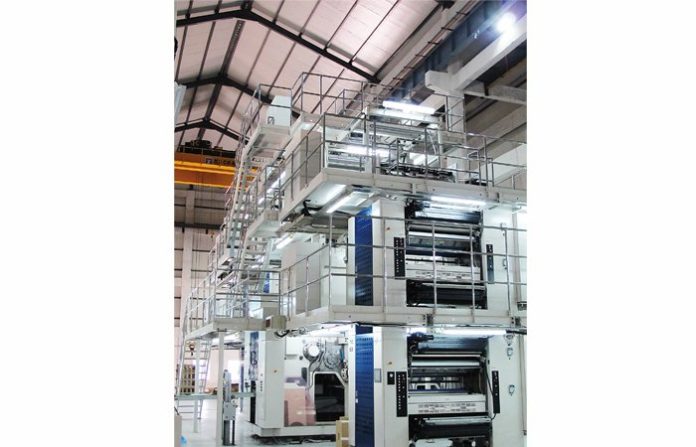Unlike the Western or developed countries where the newspaper business is in the doldrums, the Indian newspapers although wounded by the pandemic, continue to slowly recover toward their pre-pandemic revenues and profitability. Circulations have not yet reached earlier levels, but the industry is too influential and still too profitable for some of the large newsgroups who dominate its revenues, to allow it to dwindle to nothing.
However, some of the biggest Indian news publishers are still running double-width presses bought from the likes of Manroland Web, the erstwhile Goss which is now part of Manroland Goss Web, Wifag, KBA, Mitsubishi, TKS, Seikan and Manugraph. All the manufacturers combined, are currently unable to sell even ten new double-width more than 75,000 impressions an hour newspaper presses in a year. Additionally, most of the double-width newspaper presses in India that are still running are quite old. Several are very old and were installed more than 30 years ago, and the most recent installation is already 5 years old.
The first dimension of the challenge is the mechanical maintenance of these machines, and hence, the procurement of their spare parts. Many parts and components were supplied to the machine manufacturers from smaller companies that closed shop during the pandemic. While engineers and servicing are available, it is no longer viable for the original manufacturers to produce some of the smaller parts – and the procurement of original spares if available, has become more expensive and much slower. Since it has become impossible for the press OEMs to keep every part manufactured over the past 35 years in their inventory, the wait can take months.
One of the suppliers tells us that the cloned parts produced by customers themselves or procured from the grey market (mainly from China) can also harm the functioning of the presses and especially their folders which suffer the most wear and tear over the years. Consumable parts sourced from the grey market diminish the performance of the folders which are often the most critical part of web offset press lines. Knowledgeable engineers suggest that the cam and cam followers in the folders must come from the original suppliers.
A much bigger challenge than the mechanical side of these big presses is their electronics – including what is called mechatronics and automation controls. Most assemblies of drives and PLCs are designed in a nine-year cycle. If a customer has bought a press with electronics that are already nearing the end of their design cycle the press electronics parts and components would be difficult to replace even in two or three years. While a replacement drive or motor can be sourced from the original supplier to the press OEM, do-it-yourself replacements can also backfire – since these suppliers are not always sensitive to understanding the cause of the failures in a high-speed printing system.
The electronic components of many of the big high-speed presses have also been compromised by the poor electrical conditions in most of the plants where they have been installed. In some presses where the electronics are modular, it is possible to rebuild a single unit or tower and salvage some of the older components to help rebuild other units. Moreover, for rebuilding the electronics of a double-width press line of 24 or 32 broadsheet pages, one expert estimates that a budget of half a million Euros is needed.
Thus the large newspaper groups that have installed high-speed double-width web offset presses are now facing multiple challenges in keeping their presses running. Apart from facing reduced print runs, the old presses are technologically obsolescent at a time when they need to be energy efficient and minimize newsprint wastage. Many presses were designed for bigger widths and cut-offs such as 560 mm, and 546 mm, that entail more wastage than the currently viable 533 mm single-width presses.
There is also the problem of maintenance and spares of automated mailroom systems where the cost of servicing and repair is often similar to the cost of the line itself. Lastly, there is the serious challenge of human resources as it is difficult even for the largest newspaper groups to hire and keep qualified and skilled pressmen and operators for their high-technology machines. The new generation of skilled employees is not interested in working the night shift which is a part and parcel of the industry’s daily high-pressure operations.
One industry expert tells us that you need one electronic engineer per press line – someone, who is ready to work at night and forego holidays. Thus, even as the newspaper industry in India has survived and even threatens to return to growth and profitability, it has to come up with significant investments to keep the presses running. Or perhaps, belatedly, look at other business models such as contract printing or shared facilities for producing their products.
Note: The title of this article has been changed to reflect that it is the first of a series of six articles. – Editor


















